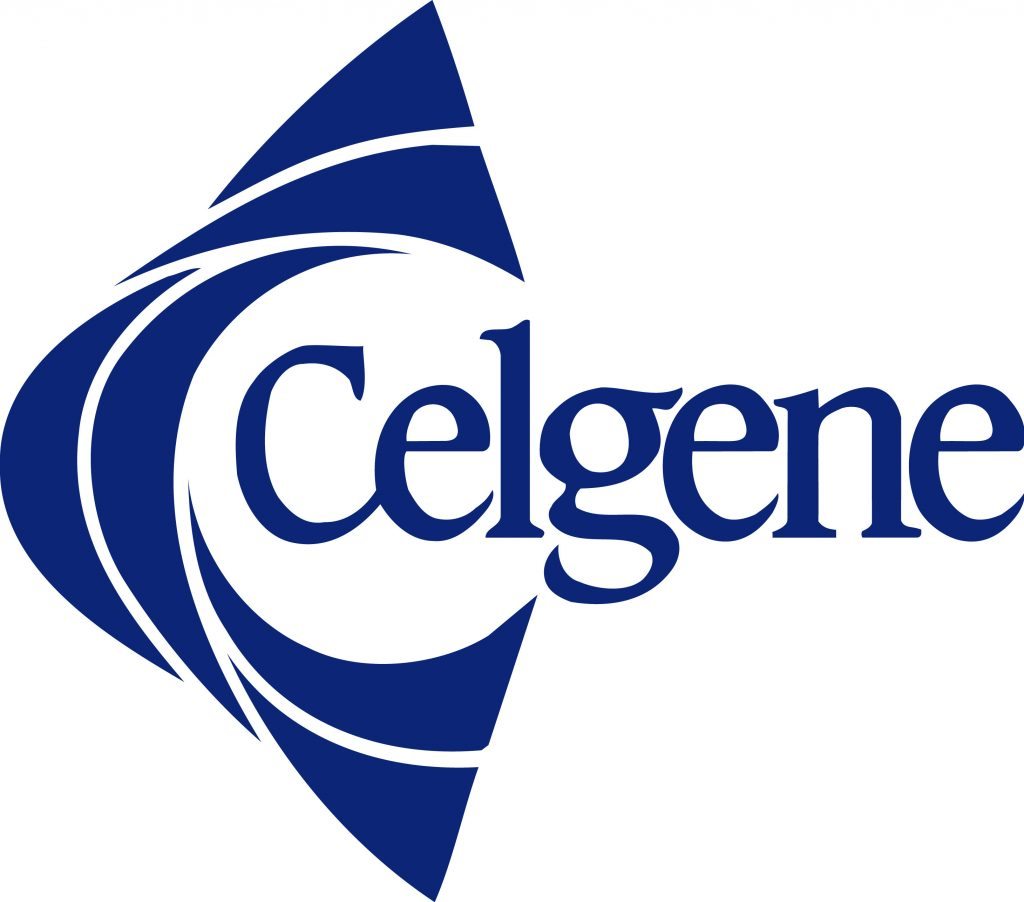Celgene Corporation (NASDAQ:CELG) took a real hit on Tuesday on news that the company had picked up a Refusal to File letter from the FDA.
The letter relates to its New Drug Application (NDA) for a drug called ozanimod, which is currently in development for the treatment of patients with relapsing forms of multiple sclerosis (MS).
For those not familiar with the program, this asset is what’s called a sphingosine 1-phosphate 1 (S1PR1) and 5 (S1PR5) receptor modulator and it’s currently in development for a variety of different immune-inflammatory indications – one of which is the above-mentioned MS.
The drug is designed to bind to what’s called S1PR1 and, in turn, is believed to inhibit a specific subset of activated lymphocytes from migrating to sites of inflammation. This inhibition, in turn, translates to a reduction of circulating T and B lymphocytes and, subsequently, the MOA translates to anti-inflammatory activity.
Well, that’s what the theory points to, at least.
As per the latest FDA action, the reality is somewhat different.
According to the company’s latest press release, the FDA has declined to even consider the application (which is what a refusal to file means), meaning that there’s something seriously lacking with the application in its current iteration.
When this sort of thing happens, it’s often tough to say exactly what the FDA is thinking when it makes its decision. We normally get some sort of statement (as was the case here) but this statement is generally vague and management comments – if any – rarely shed too much light on the situation.
In this instance, that’s exactly what happened.
As per the release:
“The FDA determined that the nonclinical and clinical pharmacology sections in the NDA were insufficient to permit a complete review.”
And here’s what Celgene management had to say in response:
“We remain confident in ozanimod’s clinical profile demonstrated in the pivotal program in relapsing forms of multiple sclerosis… We will work with the FDA to expeditiously address all outstanding items and bring this important medicine to patients.”
So, basically, the issue could be with pretty much any part of the application – the data, the safety issues, the manufacturing process – there’s really no way to tell at this point. And this uncertainty is being reflected in the market response to the development. At the close of play after the announcement was made, the company was trading for somewhere in the region of a 7% discount to its preannouncement open.
So what comes next?
Well, again, there’s a whole lot of uncertainty surrounding the near-term roadmap for this asset. Celgene is going to hold a conference call today, which might serve to shine a bit of light on exactly what the issue is, but it might not.
The company is going to meet with the FDA to discuss the refusal, but we’ve got no clear indication of exactly when that meeting might take place and, of course, what its outcome might be.
All that we can really say for certain is that the original timeline of a third to fourth quarter approval is out of the window and it’s now looking like a mid-2019 decision at best.
As mentioned, we should get some more clarity on revised timeframes over the coming weeks, subsequent to a sit down with the agency in the US and the resulting minutes from any such sit-down.
What’s important to realize here is that this goes way beyond the potential approval of a development stage drug asset. This is one of Celgene’s most important development stage assets, if not the company’s most important, and it’s under investigation (as mentioned above) for a whole load of inflammatory conditions outside of MS.
If it fails in MS, it’s a potentially strong indicator that it’s not going to perform particularly well in other indications, and that’s a real blow to Celgene’s revenues potential over the next five to ten years.
Right now, the company relies heavily on a multiple myeloma drug called Revlimid and the hope was that ozanimod could take some of the pressure off the MM blockbuster.
And right now, it’s not looking like it’s going to be able to or, even if it can, it’s going to take much longer than originally planned.
All eyes are now on the upcoming meeting with the FDA for clarity.
Enjoyed this piece? Check this one out next: Large and Small: Here’s What’s Moving Eli Lilly and Zosano
